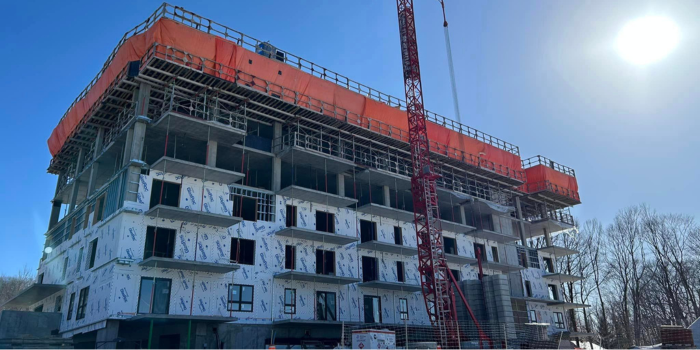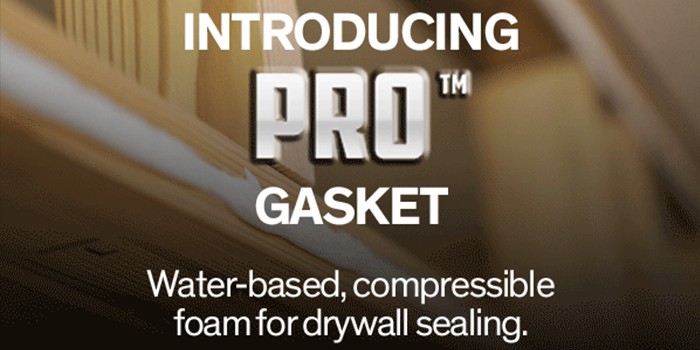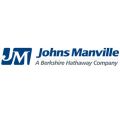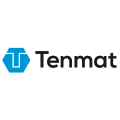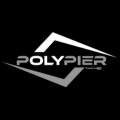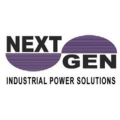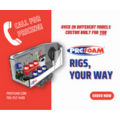Through the Roof
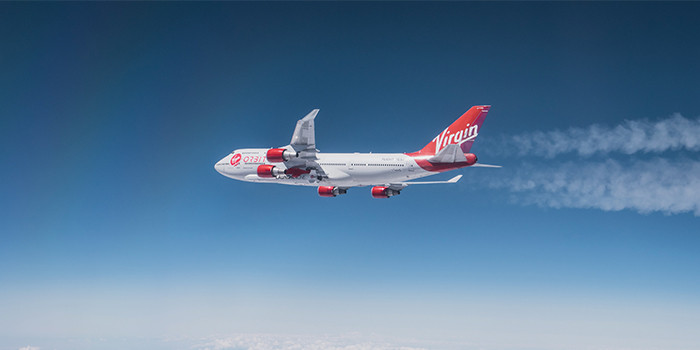

Spray Foam Magazine – Late Summer 2021 – Space exploration is no longer the sole territory of government agencies, with private companies thrusting forward at a greater speed than governments. Several dominant players in the U.S. private sector “space race” include SpaceX, Orbital Sciences, Blue Origin, Bigelow Aerospace, SpaceDev, and Virgin Group to name a few. What does that mean for the spray foam industry? In one word–opportunity.

Technicians integrate the main stage of Virgin Orbit’s first Pathfinder rocket. The liquid oxygen tanks are coated with spray foam insulation to sustain the cryogenic fluid insulation during the climb to the rocket’s release altitude.
Photo credit: Virgin OrbitSpray foam insulation has previously been used as a material in spacecraft, for example NASA’s Orion spacecraft’s Space Launch System (SLS) is covered in spray foam using various modalities of application including maintaining the rocket’s propellant. This enables the liquid hydrogen and oxygen to be kept cold enough to remain in a liquid state, which is vital to launching the rocket.
Private space companies, such as Virgin Orbit, are also now using SPF on their rockets. Virgin Orbit is a company within the Virgin Group which provides launch services for small satellites. On January 17, 2021, their LauncherOne successfully reached orbit during their second launch demonstration and successfully deployed 10 payloads for NASA’s Launch Services Program (LSP). LauncherOne’s liquid oxygen tanks are coated with spray-on foam insulation to sustain the cryogenic fluid insulation during the climb to the rocket’s release altitude.
The much-publicized Virgin Galactic operates the reusable SpaceShipTwo spaceflight system—consisting of WhiteKnightTwo, a custom-built carrier aircraft and SpaceShipTwo which may possibly be the world’s first passenger carrying spaceship to be built by a private company and operated in commercial service. Will the future of space travel be supported by spray foam insulation on these spaceships? If so, how will this help passengers have a safe and comfortable journey? Watch this space for future updates!
Will Jarrell, VP Custom Formulated Products for NCFI, commented on the current aerospace market saying, “We’ve been working with NASA, Lockheed, the United Launch Alliance (ULA), and other space flight interests for years. We work with their engineers to formulate foam for their specific needs. Our foams are typically applied to the exterior liquid fuel tanks and require major adhesion and advanced heat resistance, both of which we’ve perfected for use on launch vehicles. We’re exceptionally proud of our team’s work on the U.S. Space Program and private space programs, but because space capabilities and new technologies fall under the national security umbrella, we’re only well-known for our work within the aerospace and space industries.”


TOP: LauncherOne’s stage 1 lights up the Majave desert for a 30-second hotfire in early 2019. BOTTOM: Cosmic Girl releases LauncherOne mid-air for the first time during a July 2019 drop test.
Photo Credit: Virgin Orbit/Greg RobinsonDisqus website name not provided.



